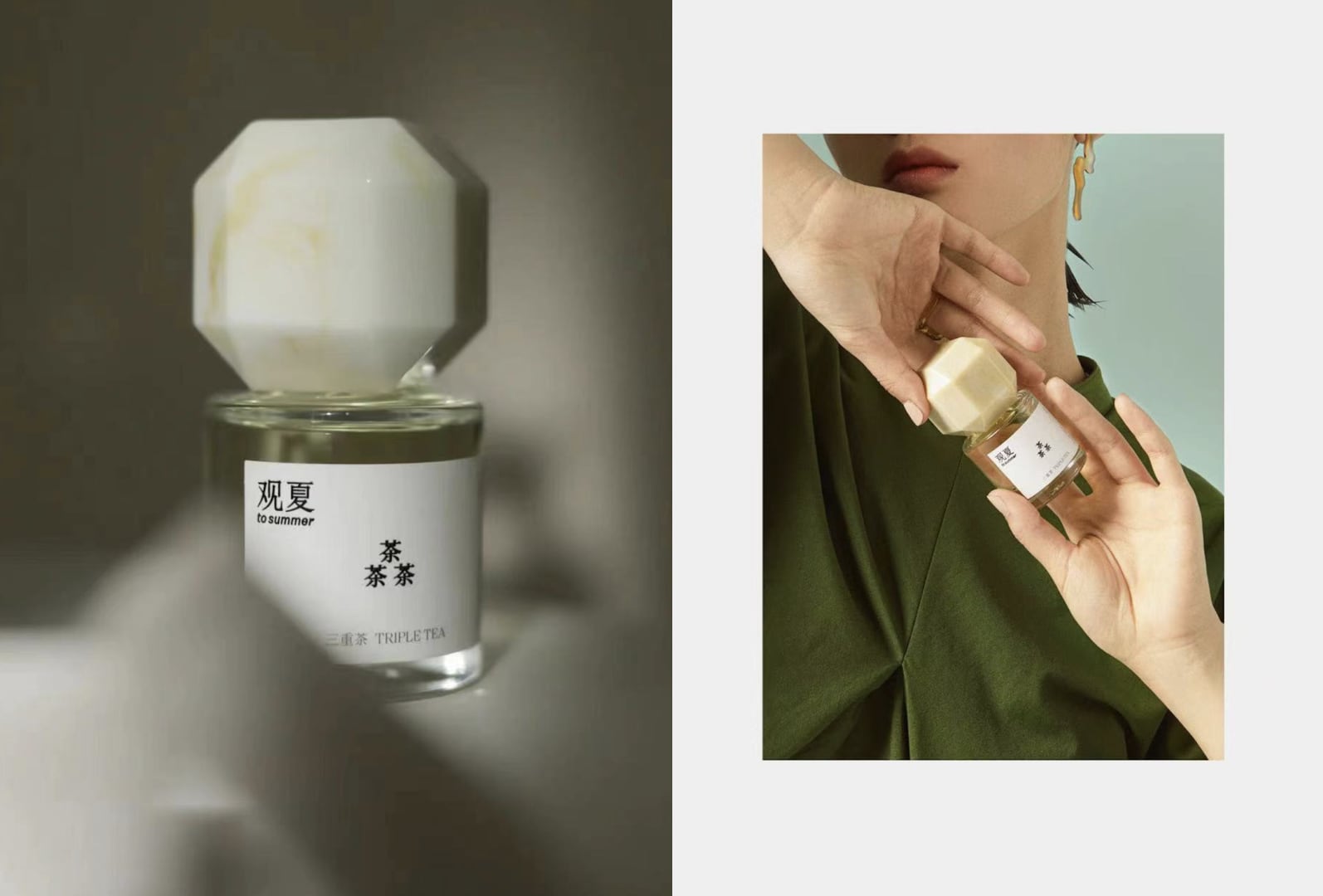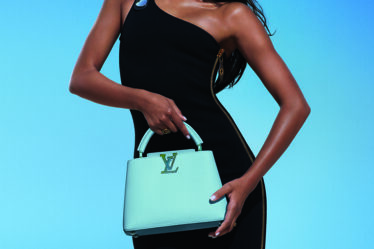
When Li Shen and Liu Huipu launched luxury fragrance maker To Summer six years ago, the tastes of the Chinese market tilted decidedly towards sweet, fruity and floral options. But the company, which now operates 11 mono-brand stores across the mainland, found a different route to success offering perfumes like Triple Tea and Cedarwood. This month L’Oréal Group announced that its corporate venture arm would take a minority stake in the company for an undisclosed amount. The deal follows the French beauty giant’s 2022 investment in Documents, another Chinese perfume maker.
The interest in niche high-end Chinese fragrance brands is not just coming from L’Oréal. In December, rival Estée Lauder Companies invested in Melt Season, a brand founded by Ni Lishi in 2021, through the American conglomerate’s New Incubation Ventures arm. What’s driving this flurry of cross-border M&A activity?
China’s rapidly growing fragrance market, for one. Mintel predicts it will grow at a compound annual rate of 13.4 percent from 2023 to 2027, reaching total sales of 22 billion yuan ($3.05 billion). Earlier this month, L’Oréal said a boom in China helped its global fragrance business grow the fastest among all its divisions last year.
According to Cyril Chapuy, president of L’Oréal Luxe, there is huge upside potential in the China beauty market. For fragrances specifically, “the penetration in China is still half of the penetration in the West so we still have a lot of room ahead of us,” he said on a Feb. 9 earnings call. Changes in consumer behaviour are favourable too. Just 10 years ago “the young generation was not using fragrance on a regular basis; now they do.”
But it’s not just the untapped potential of the fragrance market that’s compelling companies like L’Oréal to invest — otherwise they could simply focus more on marketing their portfolio of international fragrance brands in China.
Instead, investors see value in nimble Chinese brands that tend to capture nuances in local consumer tastes and behaviour better and identify trends faster than behemoths based overseas. Some of the local market insights that foreign conglomerates glean from their acquisition targets can then be applied to China strategies for other products in their portfolios. A few Chinese M&A targets also have the potential to eventually expand to international markets
The author has shared an Instagram Post.You will need to accept and consent to the use of cookies and similar technologies by our third-party partners (including: YouTube, Instagram or Twitter), in order to view embedded content in this article and others you may visit in future.
L’Oréal’s two recent fragrance deals are part of a wider M&A push by global conglomerates targeting high-end beauty brands with distinctively Chinese characteristics. Despite China’s slowing economy, cross-border deals are more prevalent than they were a few years ago.
In 2022, L’Oréal set up Shanghai Meicifang Investment Co, a China-focused investment vehicle under the umbrella of the group’s global venture capital fund Bold. Aside from the two fragrance investments, the fund has backed biotech beauty company Shinehigh Innovation. Last year, L Catterton, the private equity firm backed by LVMH, made an investment in Chinese baby skincare brand Hi!papa and Chinese collagen specialist Trautec. Shiseido Company’s Shiseido Beauty Innovations Fund also invested in Trautec.
The main reason that fragrance companies are emerging as a preferred M&A target for some foreign conglomerates is that the “fragrance market is less competitive compared to that of skincare in China,” said Yali Jiang, Mintel China’s associate director of beauty and personal care.
The category does, however, come with challenges, she adds. There are considerable investments that need to be made to help educate the Chinese consumer because the fragrance market is not as mature as the market for other beauty categories — the most expensive being the initial conversion to incorporate fragrance usage into a regular routine.
L’Oréal’s two fragrance investments are part of a new crop of Chinese perfume makers that are more elevated, expensive and buzzy –— but niche. Neither To Summer nor Documents made it into a 2022 iiMedia ranking of the top 15 domestic fragrance brands (Documents’ founder Meng Zhaoran had only launched the company a year earlier). Instead, that list favoured more established and affordable names like Boitown, Scent Library, and Solehe, which held the top three spots respectively.
But crucially for L’Oréal, both brands sit comfortably under the group umbrella, complementing rather than cannibalising its other perfume brands.
L’Oréal has popularised fragrances in China like Viktor & Rolf’s Flowerbomb and YSL’s Black Opium which cater to the mainstream marketability of floral and vanilla notes. It also announced ambitious plans to expand the herbaceous-leaning Aesop product lines to include fragrance. This leaves a gap in its portfolio for fragrance makers like To Summer and Documents, which incorporate ingredients catering more to Chinese culture, such as ink, wood and incense.
Although products with heavier, complex notes are still in the minority, they have grown in popularity among Chinese fragrance-wearers in recent years.
“When you look at fragrances, it is undeniably very, very dominated by European brands. There hasn’t really been a very strong interpretation of what modern Chinese consumers want [until recently],” said William Lau, a director at Ushopal, a Chinese beauty brand management group that also invested in Documents. “There are elements [in Documents] that are very Chinese but when you actually try it, it doesn’t feel [obviously] Chinese. It just feels like a very international brand.”
Olivier Viejo, head of fine fragrances in China at DSM-Firmenich, a company that helps brands formulate their fragrances, said that local brands also tend to have strong retail channels, both online and offline, which companies like L’Oréal can tap into. Both To Summer and Documents have become well known for their beautifully-designed boutiques, sometimes situated in historic locations like inside a hutong.
Even those international beauty groups that already started incorporating iconic Chinese ingredients into their own lines can still learn from local fragrance makers in terms of speed-to-market, said Viejo.
“A cycle of development from an international brand usually takes up to one year to even two years to launch it on the market,” Viejo explained. “Domestic brands, it takes two months to develop a scent and product. The Chinese brands don’t miss the trend.”
But he cautions that even after the initial conversion, brands will have to fight to retain Chinese customers as they will then be in discovery phase, eager to experiment with many brands.
“They still like to change and try. It’s also related to the fact you have so many international brands in China today,” said Viejo. “There is no real loyalty to a brand. It’s a very big obstacle because they can shift very quickly to something else.”



